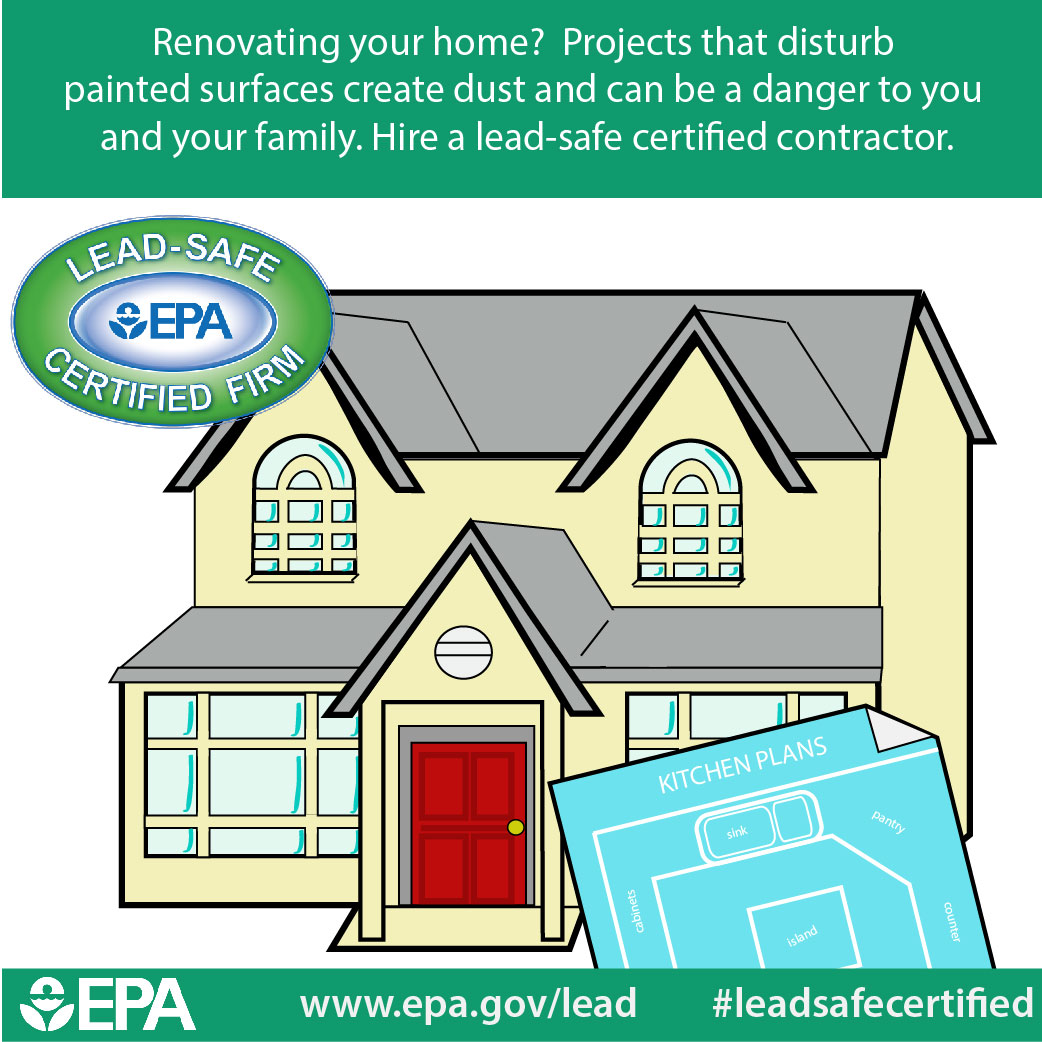Just How Weather Conditions Can Impact Your Exterior Painting Job
Just How Weather Conditions Can Impact Your Exterior Painting Job
Blog Article
Posted By-Mclean Morin
Recognizing just how weather can influence the end result of an outside painting endeavor is vital for accomplishing a perfect coating. From exterior paint consultant near me altering paint attachment to humidity degrees influencing drying out times, each element of weather condition plays a significant function in the success of your project. Additionally, wind speed and rainfall can present unexpected obstacles that might compromise the quality of the result. As we navigate via the nuances of climate's effect on external painting, it ends up being noticeable that careful planning and strategic timing are essential for making sure a professional and long lasting end result.
Suitable Temperature Variety for Painting
When thinking about outside painting tasks, the excellent temperature range plays an important function in accomplishing optimum outcomes. Painting in the best temperature problems ensures that the paint adheres effectively to the surface, dries evenly, and treatments efficiently. Normally, the suggested temperature range for exterior painting is in between 50 to 85 degrees Fahrenheit.
Painting in temperatures listed below 50 degrees Fahrenheit can cause problems such as bad paint attachment, extended drying out times, and a boosted likelihood of breaking or peeling.
On the other hand, painting in temperatures over 85 degrees Fahrenheit can trigger the paint to completely dry too swiftly, bring about blistering, gurgling, and an unequal surface.
To achieve the very best outcomes, it is necessary to inspect the weather report prior to starting an exterior paint job. Ideally, objective to repaint during light weather with modest temperatures and low moisture degrees.
Impacts of Moisture on Paint Drying
Humidity levels significantly influence the drying out process of paint applied to exterior surfaces. High humidity can extend the drying time of paint, causing possible issues such as trickling, streaking, and even the formation of bubbles on the painted surface. Excess wetness in the air reduces the dissipation of water from the paint, hindering the treating procedure. This is specifically troublesome for water-based paints, as they rely upon dissipation for drying.
On the other hand, low moisture levels can also influence paint drying. Very completely dry problems may trigger the paint to dry also rapidly, causing bad bond and a rough surface. In such instances, adding a paint conditioner or splashing a fine haze of water in the air can assist control humidity levels and boost the painting outcome.
To ensure painting impression drying conditions, it is a good idea to paint when the humidity levels range in between 40% and 50%.
Tracking humidity levels and taking appropriate actions can aid accomplish a smooth and long lasting paint coating on exterior surfaces.
Wind and Precipitation Considerations
Wind speed and rainfall are important variables that considerably influence the success of an outside paint project.
When just click the next web site involves wind, both rate and instructions are crucial considerations. High wind rates can trigger paint to completely dry too swiftly, causing a subpar do with potential concerns like fracturing or uneven structure. Additionally, wind can lug debris that might adhere to the damp paint, bring about imperfections. For that reason, painters ought to intend to service days with light to moderate winds for optimum painting conditions.
On the other hand, rainfall, whether rain or snow, can be incredibly harmful to the result of an exterior paint job. Moisture from precipitation can hinder paint attachment, triggering peeling and bubbling over time. It is important to avoid painting during stormy or snowy weather condition to guarantee the longevity and quality of the paint work. Painters ought to also permit sufficient time for the surface to dry completely after any precipitation prior to beginning or resuming the paint procedure.
Conclusion
In conclusion, weather conditions play a substantial function in the end result of an exterior painting project. The excellent temperature level array, moisture degrees, wind speed, and rainfall all add to the success or failure of the paint task.
It is vital to think about these aspects and strategy appropriately to make sure appropriate paint adhesion, drying times, and overall top quality of the finished item.
